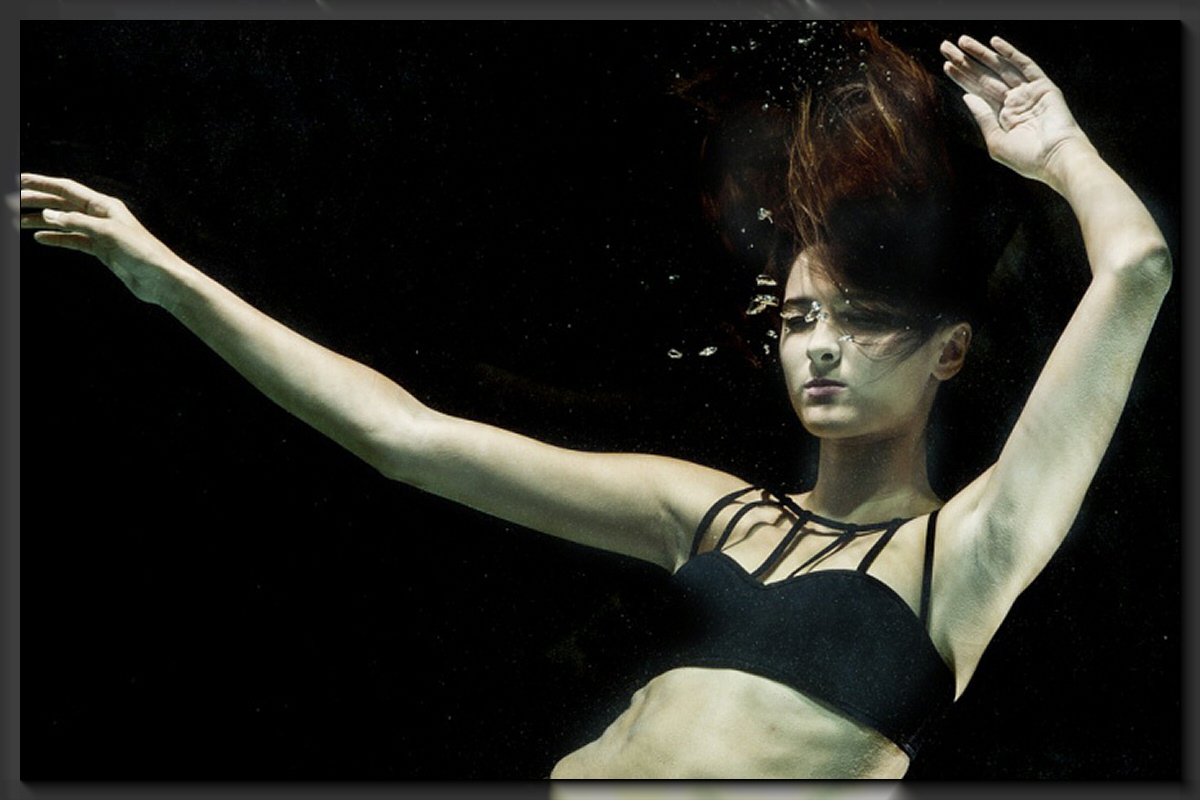Drowning is not what we are used to seeing in the movies – with someone splashing around and calling for help. It is usually silent, especially with young children who do not realize they won’t be able to breathe underwater.
That’s why it is important to assign one person as a designated Water Watcher and change shifts every 15 minutes when children are in the pool. Active supervision means:
- Sitting close to the pool with your full attention on the child/children
- No phones or reading materials!
- Do a regular headcount
- Step in when there is too much horsing around
- If you have to step away, another adult must be designated as the Water Watcher
Do not leave a toddler or young child in the pool area without adult supervision. Older children are not always as sensitive to the dangers of drowning, and may not recognize the warning signs.
RELATED: More Pool Safety Tips

Warning signs someone is in trouble
The Instinctive Drowning Response – so named by Francesco A. Pia, Ph.D., explains why there is very little splashing, no waving, and no yelling or calls for help. A person who is drowning is simply in survival mode.
Except in rare circumstances, people who are drowning cannot physiologically call out for help. When someone is gasping for air they cannot speak. While they may be able to pull themselves up momentarily above the surface of the water, they are not above the water long enough to exhale, inhale and yell for help.
Someone who is drowning also cannot wave for help. They cannot voluntarily control their arm movements, as they instinctively extend their arms laterally to press down on the water’s surface to try to leverage their bodies and lift their face out of the water.
Look for these signs of drowning:
- Head low in the water, mouth at water level
- Head tilted back with mouth open
- Eyes glassy and empty, unable to focus
- Eyes closed
- Hair over forehead or eyes
- The body is upright and vertical, but there is no leg kick
- Hyperventilating or gasping
- Trying to swim in a particular direction but not making headway
- Trying to roll over on the back
- Appear to be climbing an invisible ladder.
Sometimes the most common indication that someone is drowning is that they don’t look like they’re drowning. They may just look like they are treading water.
One way to be sure is to simply ask them, “Are you alright?” If they can answer, they are probably okay. If they return a blank stare, you may have less than 30 seconds to rescue them.
That’s also why every parent, babysitter, and teenager should be trained in CPR. This training is essential to get oxygen to the brain and can make the difference between life, permanent disability, and death.
For more pool safety tips, download the Pool Safety Guide from Life Saver Pool Fence here – https://www.poolfence.com/pool-safety-guide/.





